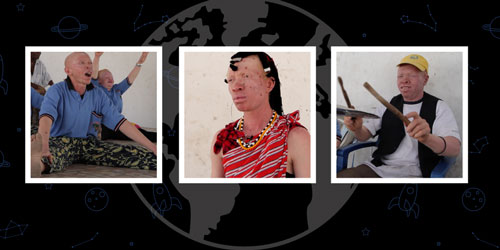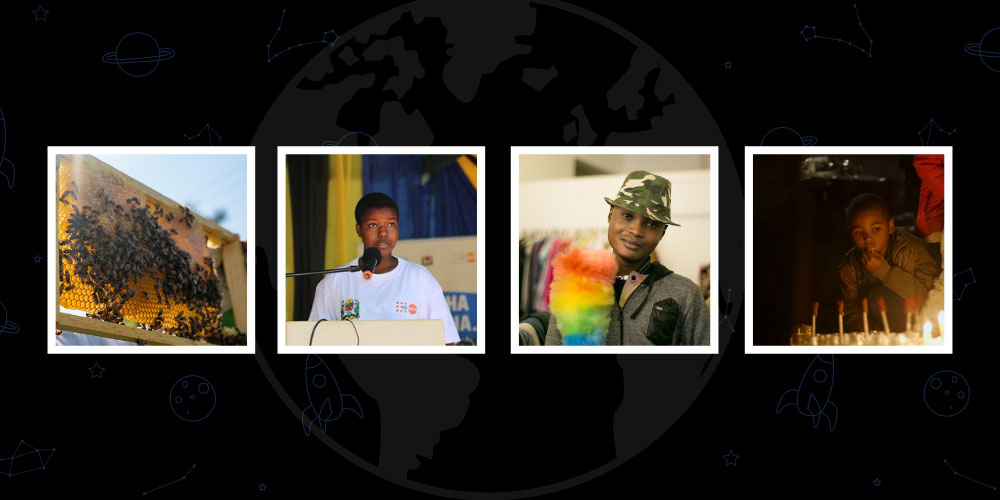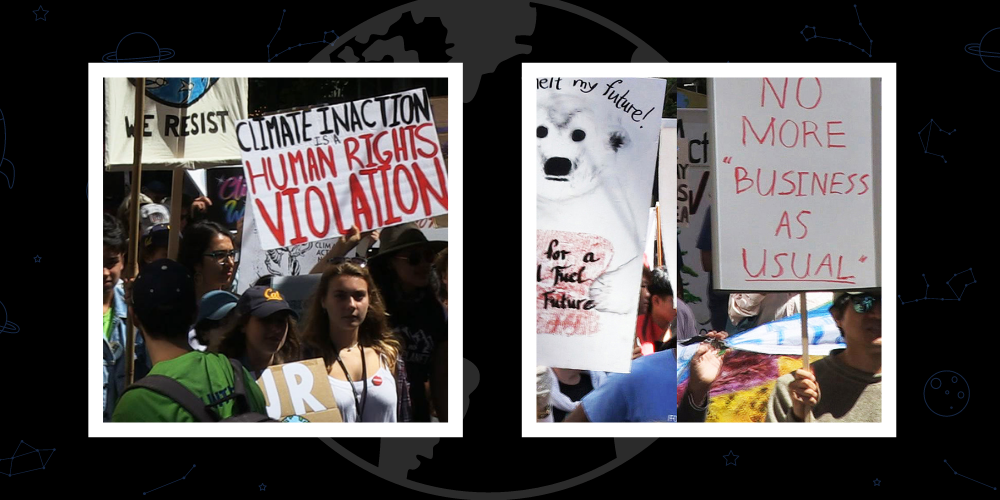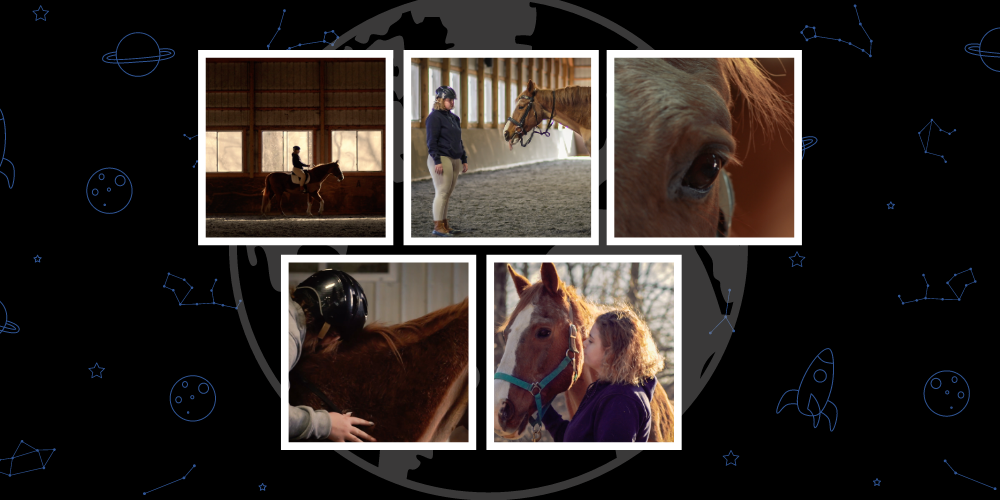This month on the Planet Classroom Network YouTube Channel, audiences can screen Director Vaida Blazyte’s film, Dancing the Revolution.
Blazyte’s documentary film raises awareness about the condition of albinism. Albinism exists everywhere in the world. People with it are capable of doing everything normal people do. Despite this, “colorless” African artists living in Tanzania fight against stigmatization. In recent years there have been killings of people with albinism caused by myths and superstitions that certain body parts of Albinos transmit magical powers. Another problem facing Albinos in Tanzania is skin cancer. The Albino Revolution Cultural Troupe, which was formed in 2000, organizes musical and theater performances at conferences, cultural events and campaigns to raise awareness and fight prejudice against Albinos.
The Global Search for Education is pleased to welcome Director Vaida Blazyte.
Vaida, albinism is still so misunderstood. Thank you for making this wonderful film. What drew you to the topic of albinism in Tanzania?
I was always drawn to the subject of diversity. Once, when traveling in Mozambique, I noticed a local kid with albinism and found myself astonished by the fact that people of African origin can also be born white-skinned due to this genetic condition. That’s how my albinism research started.
How did you decide which stories to include? Were there other stories you wished you could have covered?
During my research, I came across the Albino Revolution Cultural Troupe, and from then on, I had no doubts that this group of artists would become the main subject of my documentary. These very different people are united not only by their genetic condition, but also by their passion for art – whether dance, drumming or poetry.
What do you believe are the critical things society must do to raise more awareness for albinism?
Education is key. Children from an early age must learn about albinism to avoid any false beliefs and stigmatization. People must understand that being an albino is nothing magical or cursed, and that albino body parts have nothing to do with their luck or misfortune. Society must also work on eliminating witchcraft practices involving anything to do with albinos. Moreover, albino inclusion programs must be enforced for them to be able to have the same opportunities as the rest.
How have people without albinism reacted to your film? What have you learned from the audience feedback?
The artists from the Troupe realized that their art might be interesting in European countries, too. As a result, the Troupe traveled to the BRAVE festival in Poland and extended their awareness raising activities far outside Sub-Saharan Africa.
This showed that Albinos are capable to achieve their goals independently like everyone else and, even more importantly, make their dreams come true.
How was your own perception of albinism in Tanzania changed during the making of your documentary?
I learned that albinism is such a complex issue that goes far beyond discrimination. It covers all aspects of the lives of peoples with albinism – starting from difficulties at school, finding a job, getting married and eventually being in constant hiding from witch doctors who are after their valuable body parts. However, I realised that these everyday challenges that albinos face contribute to the development of their extraordinary and colourful personalities. Perhaps, despite their visual impairment, albinos see more and far better than people who are fully sighted… Maybe the Troupe has already started a real Albino Revolution?
Thank you Vaida!
C.M. Rubin and Vaida Blazyte
Don’t Miss, on the Planet Classroom Network YouTube Channel, Director Vaida Blazyte’s film, Dancing the Revolution.







Recent Comments